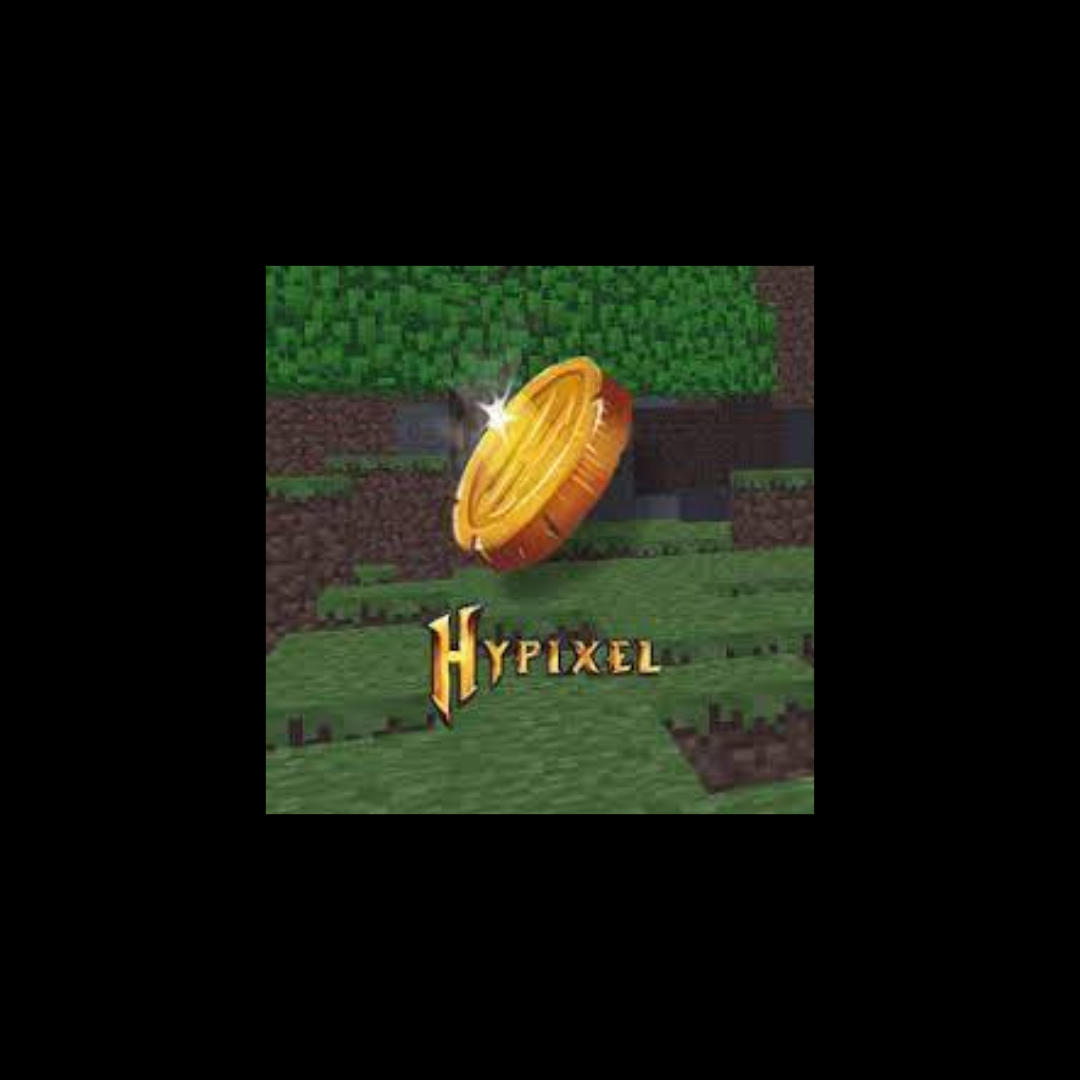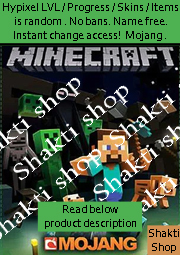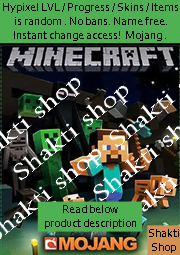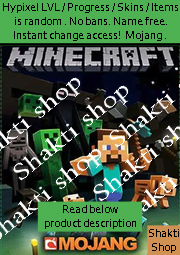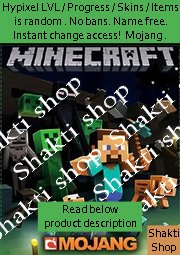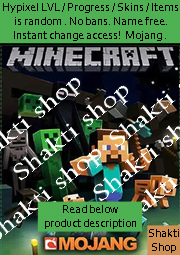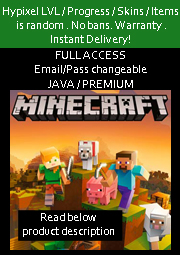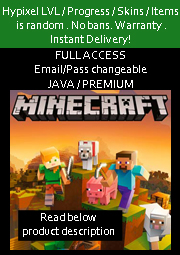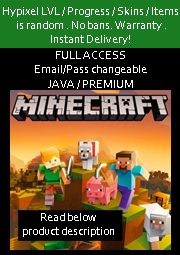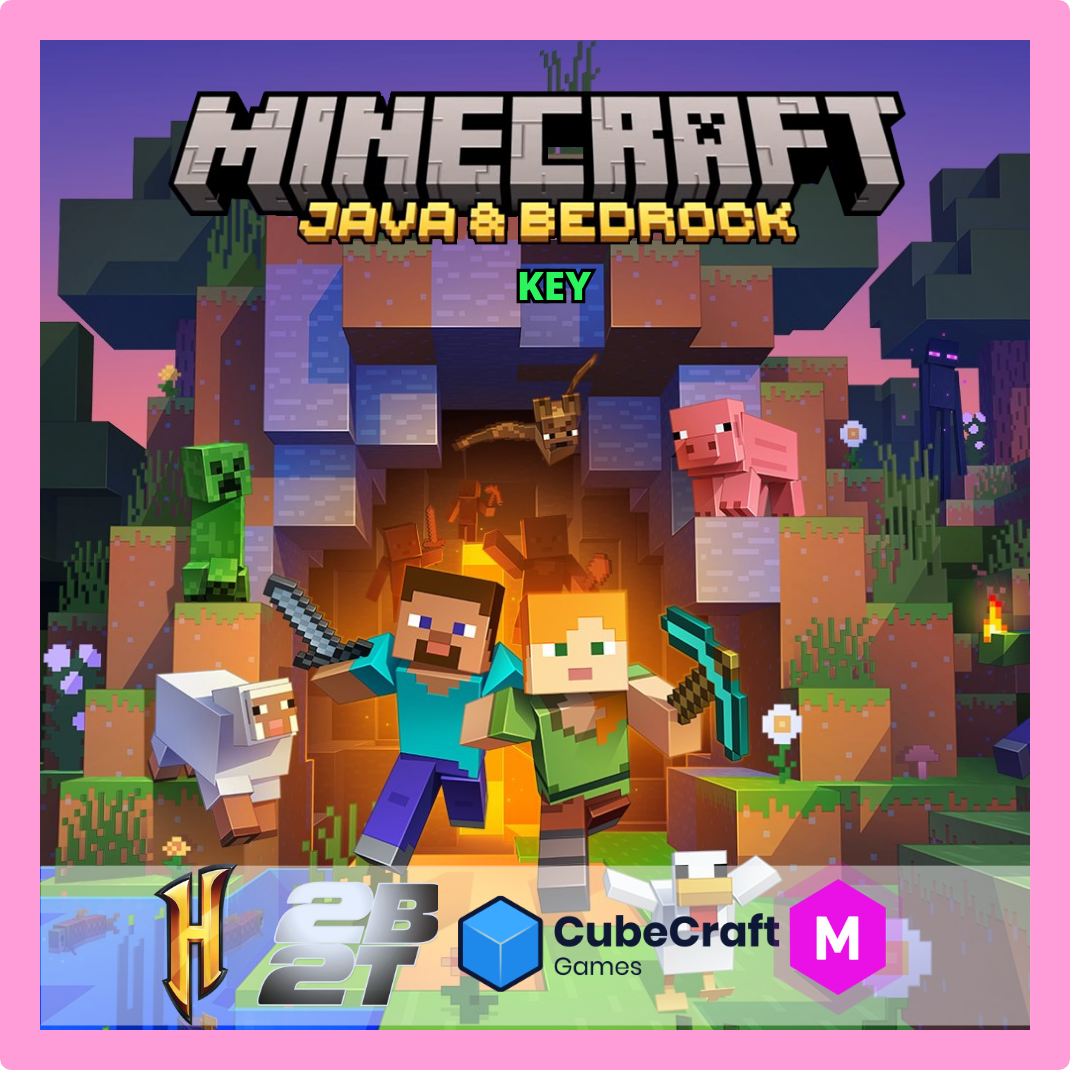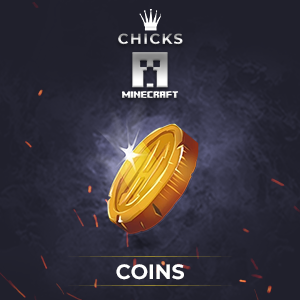$ 14.99
$ 0.0742
Minecraft Trading Marketplace
Minecraft is one of the most popular video games in the world, with over 140 million monthly active users as of 2022. The sandbox game allows players to build and create their own worlds using blocks and raw materials.
One aspect that makes Minecraft so engaging is its vibrant player economy and marketplace. Players can buy, sell, and trade rare items and valuable goods to customize their gameplay experience. From custom skins and textures to powerful weapons and armor sets, Minecraft's online marketplace connects dedicated gamers with unique digital assets.
What is the Minecraft Marketplace?
The Minecraft Marketplace platform allows players to browse and purchase creator-made content ranging from World templates and skins to mini games and texture packs. Introduced in 2017, the Marketplace features over 1,000 pieces of content to enhance gameplay.
Top creators offer everything from medieval castles to post-apocalyptic city builds to transform Minecraft worlds. The Marketplace also gives texture artists and skin makers a way to sell cosmetics directly to players.
Gamers use Minecoins, which can be purchased with real money, to buy Marketplace items. Content prices usually range from 300 to 3000 Minecoins based on size and features.
What Minecraft Assets and Services can you trade on PlayersLoot?
What Do Gamers Trade on Minecraft?
While the in-game Marketplace covers a lot, the broader Minecraft trading scene spans third-party marketplaces and servers. Rare items that offer prestige and power are in high demand. These include:
Limited Edition Capes
Special capes were historically gifted to early game testers and developers. There are also unique designer capes created for certain events. As status symbols no longer obtainable, these capes can sell for over $100.
God Items and Gear
God items have amplified abilities and stats, like swords causing 5x more damage. These superpowered weapons and tools rarely occur naturally. Gamers trade handcrafted god gear or take chances finding them in loot crates.
Outfits and Skins
Skins allow players to customize their look. Rare skins like the early human figures sell for steep prices. Many also seek outfit bundles pairing a skin with matching gear. Values spike for sets worn by popular YouTube creators.
High Level Accounts
Veteran accounts with unlocked achievements, rare collectibles, and maxed out builds carry esteem. Along with bragging rights, high-level accounts provide an instant wealth of resources. They commonly trade between $25 to over $100.
Minecoins
In addition to goods, Minecraft players exchange Minecoins themselves as currency. Sellers offer Minecoin deals for real money, often selling codes discounted below marketplace value. These transactions fuel further in-game spending.
Why is the Minecraft Marketplace so Popular?
For devoted Minecraft fans, trading goods and currencies takes the game to new heights. Below are top reasons driving the popularity around Minecraft marketplaces:
Customization and Expression
The thriving player economy empowers gamers to curate truly one-of-a-kind experiences. Investing in a rare skin or epic new realm transfers self-expression from the real world into enduring Minecraft builds.
Developer Support
Spending currencies like Minecoins directly enables prolific creators to keep generating imaginative Marketplace content. Gamers know their purchases help fund future game development.
Community Connection
Trading brings players together to make deals, collaborate on projects, and share knowledge on forums. Minecraft marketplaces build social connections alongside gameplay value.
Rewarding Investments
While risky, snagging limited goods can pay off big time. Reselling special capes, exclusive statue heads, or out-of-circulation skins delivers huge returns later on. Savvy traders treat top assets like digital commodities.
Minecraft Black Markets
Alongside legitimate exchanges, unauthorized "black markets" facilitate rule-breaking trades for modified clients, pirated accounts, and cheating services. While discussion is banned on official channels, these shady dealings still permeate offline and dark web transactions.
How to Sell?
How to Trade Safely on Minecraft Marketplaces?
Reaching fair deals while avoiding scams takes attentive precautions:
Stick to trusted servers and platforms withpurchase protections. Never send money without confirmed delivery of goods.
Verify sellers through platform reputation ratings and community vetting in discussion forums.
Avoid offers that seem too good to be true, like deep discounts on normally high-priced items. This signals potential fraud or prohibited game modifications.
Use middlemen "MM" mods to broker bigger transactions and ensure both parties uphold their ends.
Back up rare purchased items offline before introducing them into servers for the first time. This prevents losing cherished goods to anti-cheat detection issues or server glitches.
The Outsized Value of Virtual Minecraft Assets
The booming real-money trade surrounding Minecraft speaks to an engaged community getting creative within game bounds. While virtual assets hold little inherent utility, perceived status and enjoyment inflate their market value. After all, dedicated players willing to purchase special server privileges or outfit bundles using third-party currencies demonstrate how much personalized Minecraft experiences mean to them.
At the same time, risks around unauthorized mods and piracy do detract from the experience. Maintaining reasonable governance around what should and should not carry real-world value remains an ongoing dialogue. Nonetheless, Minecraft's digital free market drives participation and inter connectivity for countless players worldwide.
